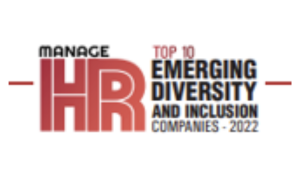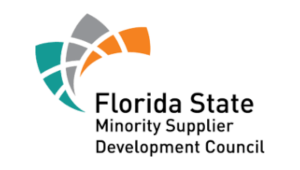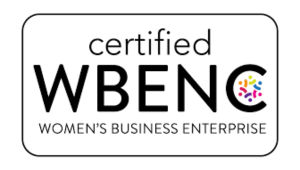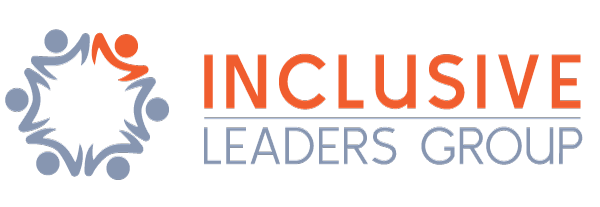Today, more than ever, continuous employee listening is key to achieving your DEI strategic objectives. Continuous employee listening is the ongoing practice of collecting feedback and data, from multiple touchpoints. This includes both active and passive listening, moving beyond annual workforce DEI surveys to keep your finger on the pulse of the employee experience in real-time via regular check-ins, focus groups, listening sessions, social media monitoring, and much more.
According to McKinsey, continuous employee listening is the next competitive advantage in talent because at a time when organizations are facing wave after wave of disruption rather than occasional upheavals, the traditional survey approach is no longer sufficient. Evidence-based data indicates it should be supplemented by a continuous-listening strategy—a process driven by people analytics and supported by a people analytics team for capturing employee DEI sentiment in both the short and long terms.
A study published by QuestionPro, and EQ Community showed that 37% of workers would switch companies to be a part of a more diverse and inclusive culture. Additionally, 43% of workers were not satisfied with how much action was being taken to foster an inclusive culture inside their organization. Since 2020, a growing number of women have been exiting the workforce, and a recent McKinsey and LeanIn study found that throughout 2022, women managers have been quitting their jobs at record rates. We have both a great challenge and a great opportunity ahead of us to make a significant impact on DEI across organizations. A key asset in making great strides in DEI initiatives is both in how we connect with our employees, as well as how we involve them in key initiatives to help move them forward.
When building or reinvigorating your DEI strategy, employee listening helps you start off on strong footing. Capturing employee feedback is essential to:
- Understanding employee perceptions
- Uncovering the true meaning behind your employee voice so you can validate what’s working and improve upon what’s not
- Creating a sense of belonging and a foundation of respect by giving everyone a voice
When you use employee listening to gain perspective on what is happening at all levels of the organization, you can take strategic action aligned with your vision and goals.
For active listening to be successful, organizations must create an environment of trust in which staff members feel comfortable speaking up about difficult or controversial topics. Confidential channels must be demonstrably and consistently anonymous, with no risk of attribution or retribution. Feedback must be followed up with a highly visible response and clear communication about the next steps. Most important to making reasonable and feasible changes to culture is understanding why people behave in a certain way.
Continuous Listening Best Practices
Some of the tools or methods we use to help firms get better at continuous listening include:
Assessment Surveys: Surveys are a critical step to long-term success, as it provides a data-driven understanding of your current state around diversity, equity, and inclusion to guide decision-making and action planning. Asking better questions, utilizing appropriate methodologies, and implementing efficient techniques for your desired outcome are among the several factors that distinguish successful annual DEI assessment surveys..
Virtual focus groups: of real-time, facilitated, online chatroom discussions in which 40 to 70 totally anonymous participants take part in a structured conversation. Live polling and analytics spot trends and generate insights from the discussion. Sessions take place entirely remotely, making it a valuable engagement tool as the pandemic continuesSessio
Listening Sessions: A listening session is typically used to gain some new ideas and collect detailed feedback on these topics, while a focus group is often used to gather quick feedback and explore various different perspectives. As both are valuable, it can be effective to utilize both focus groups and listening circles so that a breadth and depth of insight can be understood.
Peer-to-peer sharing, in which interactive groups share their challenges and work experiences, then offer feedback as a group.
Employee panels, comprising of diverse employees (drawn mostly from more junior levels and/or younger generations), to discuss how to tackle issues facing the board of directors, such as strategic, operational, and cultural challenges.
Reverse mentoring and trust circles designed to shift the power dynamics and enable leaders to hear firsthand about the experiences of underrepresented employees and build genuine empathy through storytelling.
Final Thoughts
In the current challenging talent market, the companies that adopt a continuous-listening DEI strategy stand to build a distinct competitive advantage. They can transform their understanding of employees’ needs and address them in real time, increasing the likelihood of higher performance, higher engagement, and higher retention. Under this approach leaders will, of course, need to continually monitor and collaborate with DEI experts and other key stakeholders across the organization to generate insights, consider changes, and make them. But the results are worth it. A continuous-listening DEI strategy can create immediate impact and long-term value, regardless of organization or industry.








